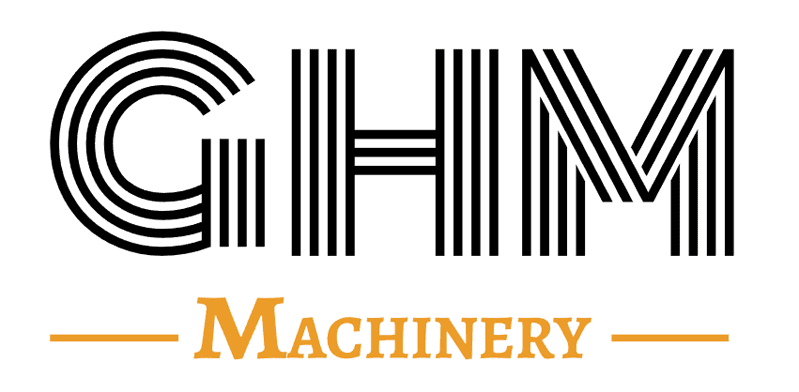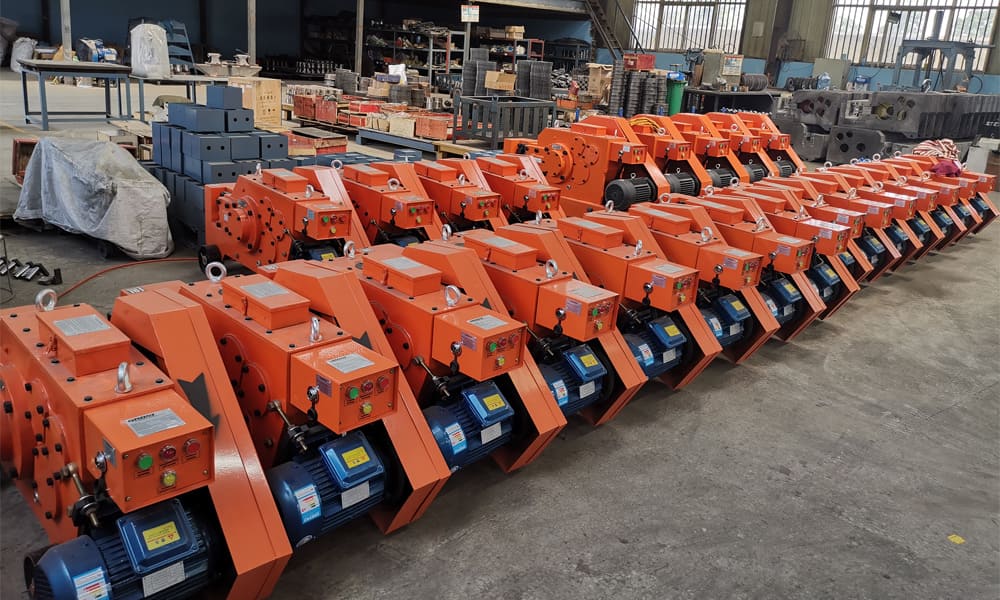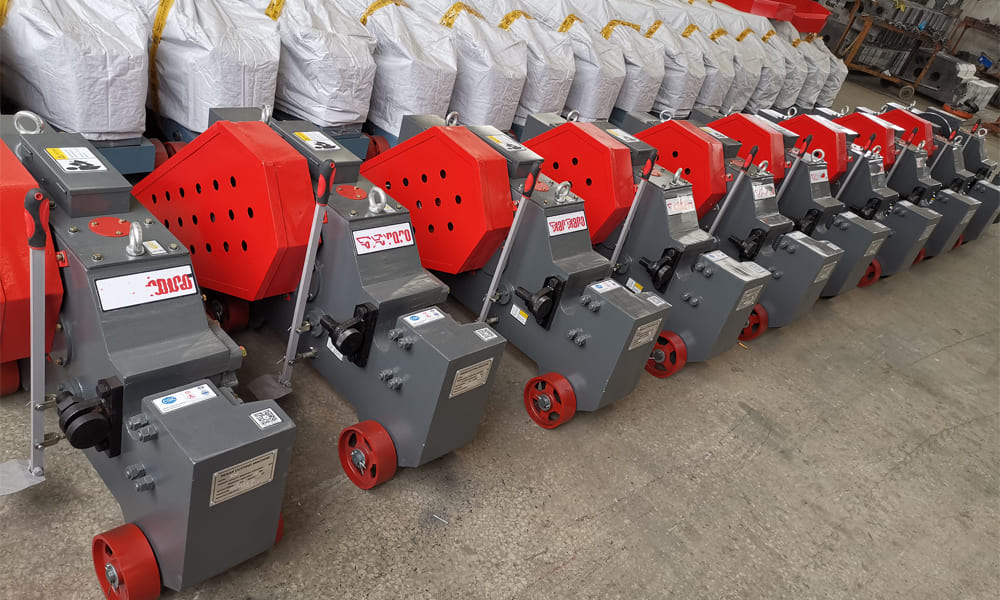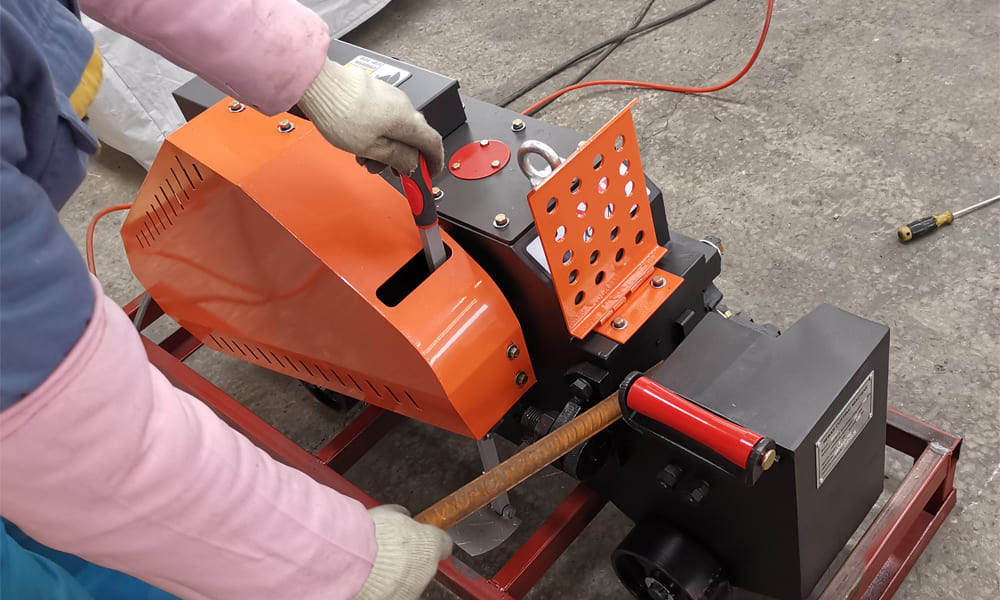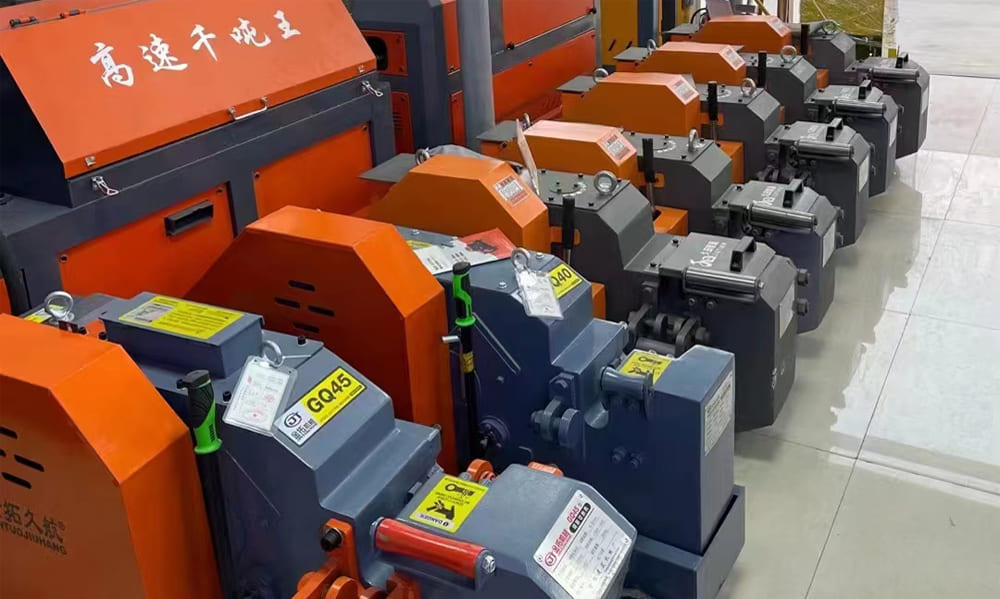Overview of Steel Rod Cutting Machine
A Steel Rod Cutting Machine is a crucial tool for cutting steel bars, available in two main types: fully automatic and semi-automatic machines. These machines are essential in various construction projects, including housing, bridges, tunnels, power stations, and large-scale water conservancy projects. Compared to other cutting equipment, steel bar cutting machines are lightweight, consume less energy, operate reliably, and offer high efficiency. This has led to their increased use in mechanical processing and small steel rolling mills, playing a vital role in the national economy.
Features of Steel Bar Cutting Machine
- Durable Construction: Made from welded all-steel plates, these machines are built to last.
- Easy Maintenance: An external disassembly clutch allows for quick maintenance without the need for major disassembly.
- High Efficiency: The feeding port is equipped with a guide wheel, making feeding more convenient.
- Excellent Lubrication: With a closed structure and splash lubrication, the machine can run continuously for two months on just 8 kg of gear oil.
Product Categories
Steel rod cutting machines are generally divided into:
- Fully Automatic Machines: Also known as electric cutting machines, these convert electrical energy into kinetic energy to control the cutter for effective shearing of steel bars.
- Semi-Automatic Machines: These require manual control for shearing and mostly fall under hydraulic rebar cutting machines, which can be rechargeable or portable.
Product Specifications
Here are the typical specifications for steel bar cutting machines:
- Cutting Round Bars (Q235-A):
- Diameter: Φ6–Φ12 mm, Φ6–Φ40 mm, Φ6–Φ50 mm
- Cutting Flat Steel:
- Size: 70×15 mm, 80×15 mm
- Cutting Square Steel (Q235-A):
- Size: 32×32 mm, 40×40 mm
- Cutting Angle Steel:
- Size: 50×50 mm, 63×63 mm
Cutting Speed:
- Cuts per minute: 28 to 32
Motor Power:
- Options include 0.75 kW, 2.2 kW, and 4.0 kW
Conclusion
Steel rod cutting machines are essential for efficiently and accurately cutting various steel materials in construction and manufacturing. Their durability, ease of maintenance, and high efficiency make them a worthwhile investment for any steel processing operation.
